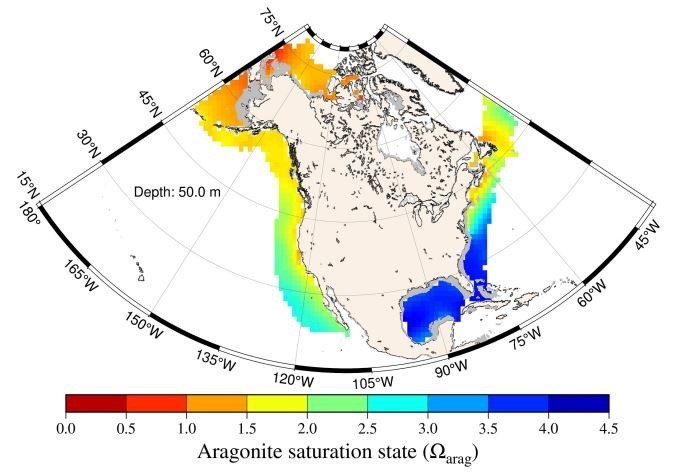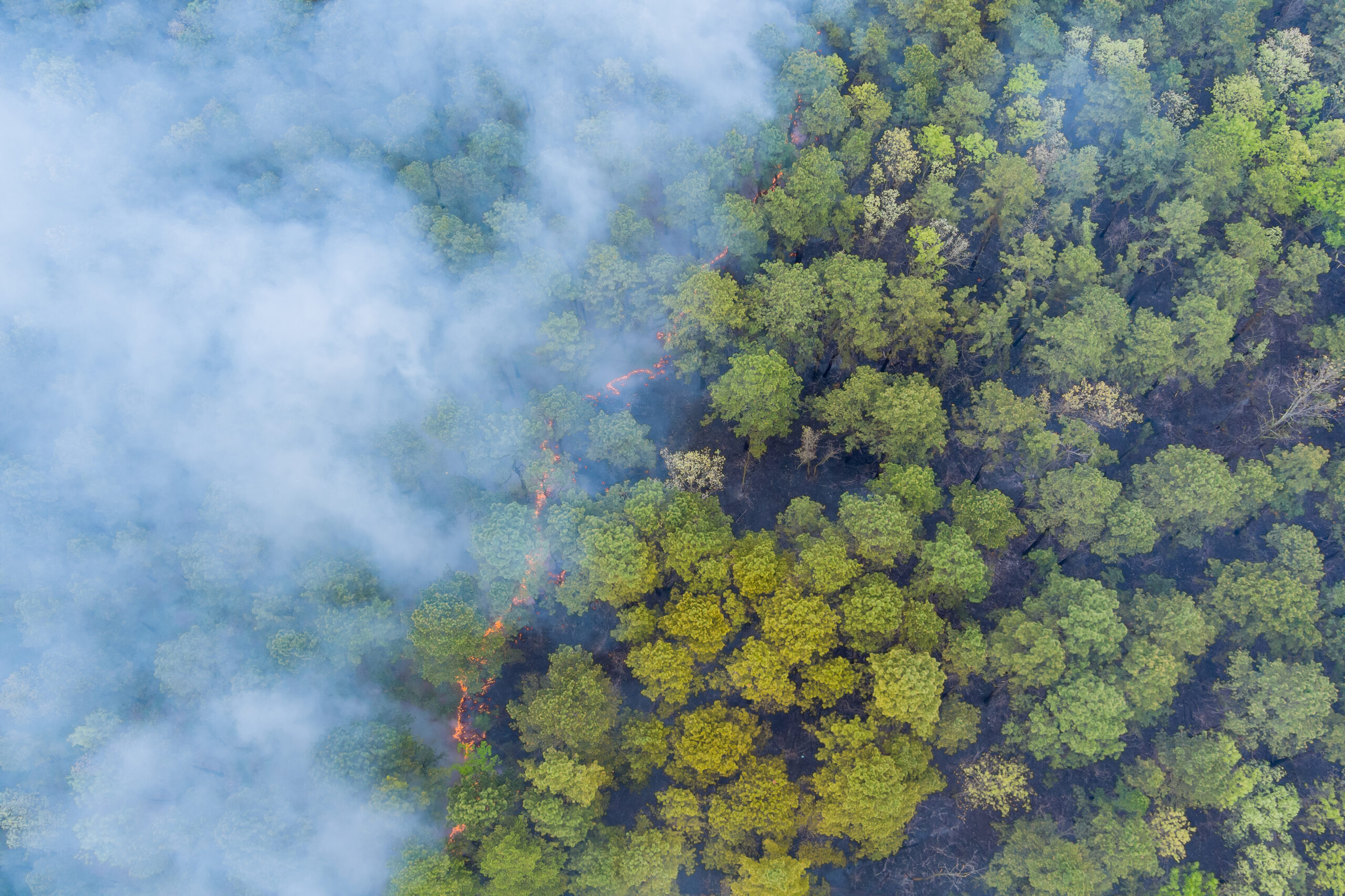
The ocean is becoming increasingly more acidic by serving as an important sink of anthropogenic carbon dioxide. Ocean acidification (OA) can severely impact economic activities such as commercial and recreational fishing and aquaculture because it could disrupt the growth and survival of marine species.
In a new paper published in Earth System Science Data (ESSD), ESSIC/CISESS researchers Li-Qing Jiang, Hyelim Yoo, and colleagues unveil a comprehensive data product featuring coastal ocean acidification climatologies and atlases. The data product encompasses the fugacity of carbon dioxide, pH on the total scale, total hydrogen ion content, free hydrogen ion content, carbonate ion content, aragonite saturation state, calcite saturation state, Revelle factor, total dissolved inorganic carbon content, and total alkalinity content. These variables are provided on 1° × 1° spatial grids at 14 standardized depth levels, ranging from the surface to a depth of 500 m, along the North American ocean margins, defined as the region between the coastline and a distance of 200 nautical miles (∼370 km) offshore. This is the first-ever gridded ocean acidification climatology product for U.S. coastal waters.
This dataset will serve as a benchmark for future OA conditions in U.S. coastal waters, providing a solid foundation for regional vulnerability analyses. This also marks the first time ocean carbon variables have been incorporated into the World Ocean Atlas.
Jiang is a chemical oceanographer specializing in the study of inorganic carbon cycling and ocean acidification in the global oceans. He received his Ph.D in Marine Sciences from the University of Georgia in 2009 and did his postdoctoral research at Yale University. Jiang has been working at NOAA’s National Centers for Environmental Information (NCEI) since 2011. Currently, he serves as the lead of the Ocean Carbon and Acidification Data System (OCADS), which is co-funded by NOAA’s Ocean Acidification Program, Global Ocean Monitoring and Observing Program, and NCEI. In addition to data management, Jiang spends a lot of his time on data synthesis efforts.
Yoo received her Ph.D in Atmospheric and Oceanic Science from University of Maryland in 2012 and has been with NOAA since 2012, and worked in support of NOAA ARL, STAR, and NCEI. Currently, as a member of the Ocean Climate Laboratory team at NCEI, Yoo works to ensure the public availability of specific data collected operationally by the Office of Marine and Aviation Operations (OMAO) aboard NOAA Fleet. Also, she supports establishing a mapped dataset of surface ocean acidification indicators in the U.S. Large Marine Ecosystems and to sustain operationalization based on their availability in the cloud environment, prioritizing NOAA-produced datasets. She is involved in the development of the Coastal Ocean Data Analysis Product in North America with a new set of quality control tools and acidification research by publishing their data into NCEI’s archives.
The data product is available in NetCDF on the NOAA Ocean Carbon and Acidification Data System). It is recommended to use the objectively analyzed mean fields (with “_an” suffix) for each variable. The atlases can be accessed at the Atlases of North American Coastal OA Indicators.
To access the paper documenting this work, click here: “Climatological distribution of ocean acidification variables along the North American ocean margins”.





